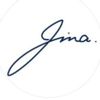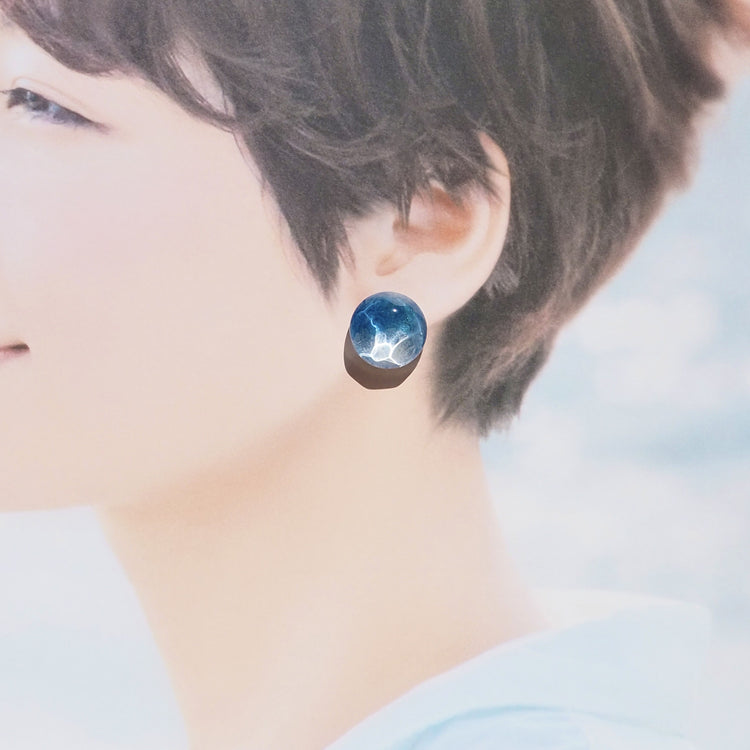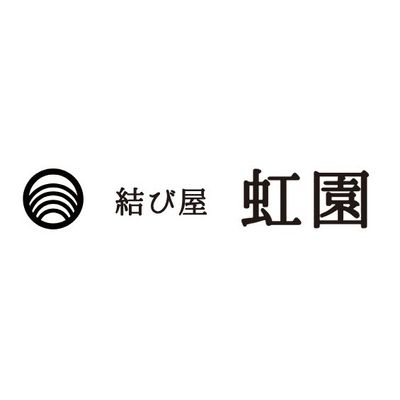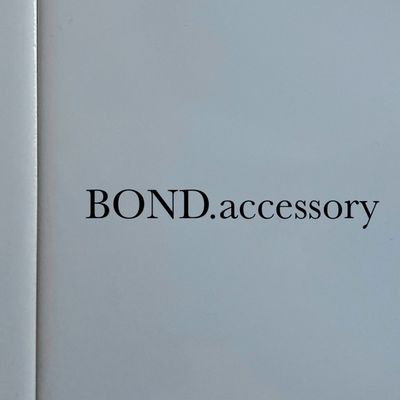serene Pierced earrings/Clip-on earrings
Shipping
■All items will be shipped together from Orosy's contracted warehouse in Tokyo. Shipping costs are confirmed after all items arrive and are packed. You'll be billed separately for the product cost and international shipping. For details, click here.
■The average arrival period is around 4 weeks. Please note that in case of shipping delays, supplier related as well as any other issues.
Please contact support for details regarding your shipping status.
■ All food and beverage shipments to the United States require the purchaser's FDA registration number.
Buyers who do not have an FDA registration number or cannot share it with us will not be able to place an order.
■ Shipping may not be possible depending on the country. Please check your country's regulations before ordering. Orders from areas that cannot be shipped will be canceled.
-
Hurry, only 5 items left in stock!
Couldn't load pickup availability
I was inspired by the song [Ruins and Paradise].
I loved this song from the moment I encountered it as a student, and I still listen to it often.
This song is divine and fantastic, and it stirs the imagination.
The lyrics of the song say, "The color of the flower dedicated to the altar at the bottom of the water is white," so I layered petals made of norihigucho-gami to create the image of a white flower shimmering in the water.
The petals do not stand out because of the thinness of the paper, but rather blend in with the blue-dyed paper.
From a distance, the design looks like a cabochon pattern, making it easy to wear even for those who do not like [cute].
On the other side, we did not put flowers, but used Czech beads and clear beads to express the drops of morning dew from the forest falling through leaves onto the surface of the water and their trails.
The petals were cut with scissors, and the veins were drawn by hand on each petal.
The drops dripping from the glass cabochon are also made with Japanese paper.
By using fewer metal parts, the light shines through beautifully, giving the piece a more water-like appearance.
The blue-colored washi is coated with lame to express the shimmering surface of the water, making it sparkle and shine.
The back side of the glass cabochon is coated with a thick layer of resin, and the part that touches the skin is polished to eliminate discomfort when worn.
About the materials
The back of the glass cabochon and the flower are made of Mino Washi (machine-made Japanese paper) produced in Gifu Prefecture.
Mino Washi is made by bleaching Kozo (paper mulberry), the raw material of Washi, using plenty of water from Nagara River, a clear stream in Gifu Prefecture, for a long time.
Mino Washi is made by pouring the blessings of Gifu into it.
White flower, cabochon back ... Mino Washi, resin (LED resin)
Metal fittings ... Surgical stainless steel (glass coating construction)
Size ... With drops: 5 cm ・Without drops: approx. 2.5 to 3 cm
Weight...approx. 2~3g






















































